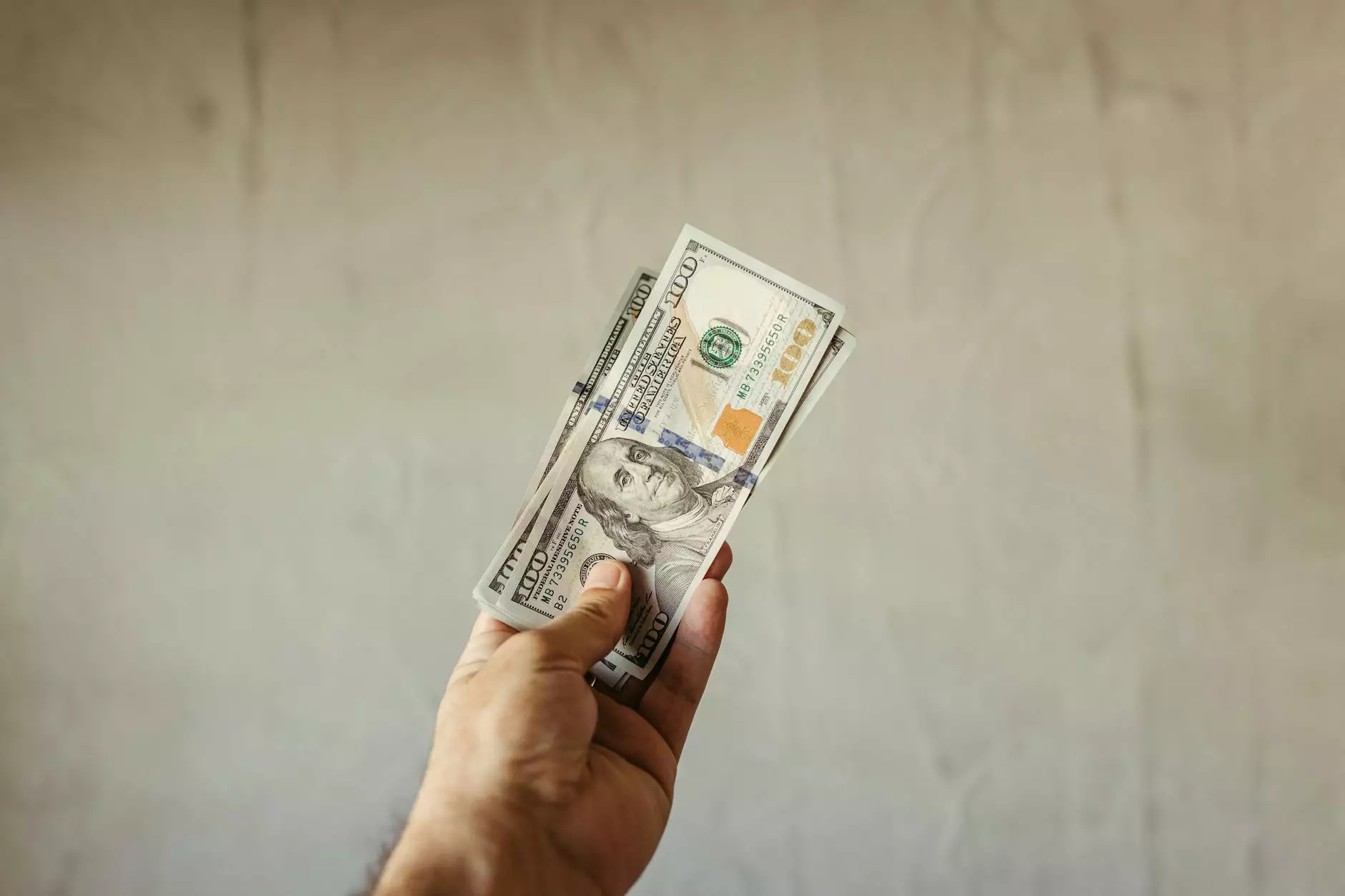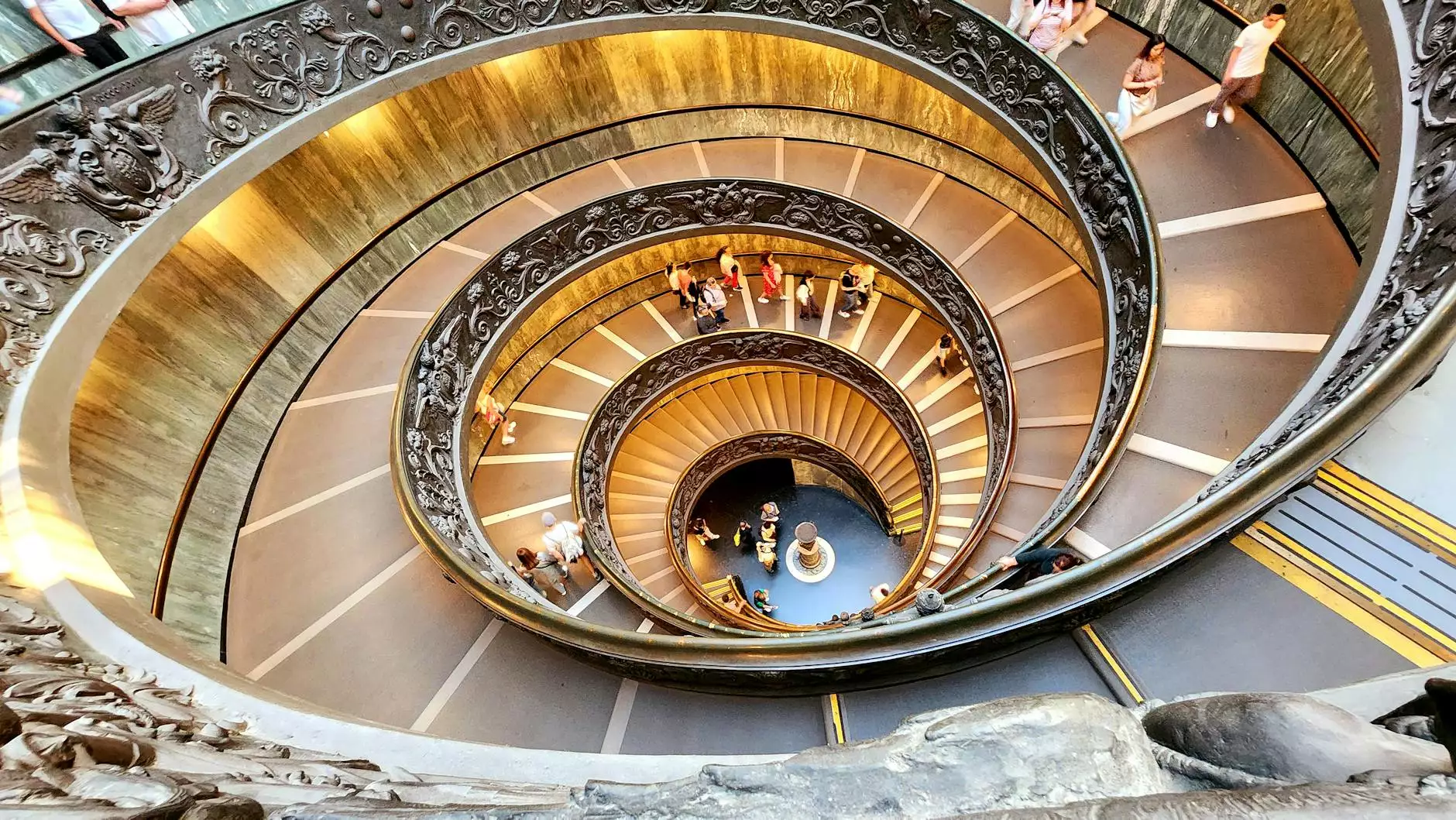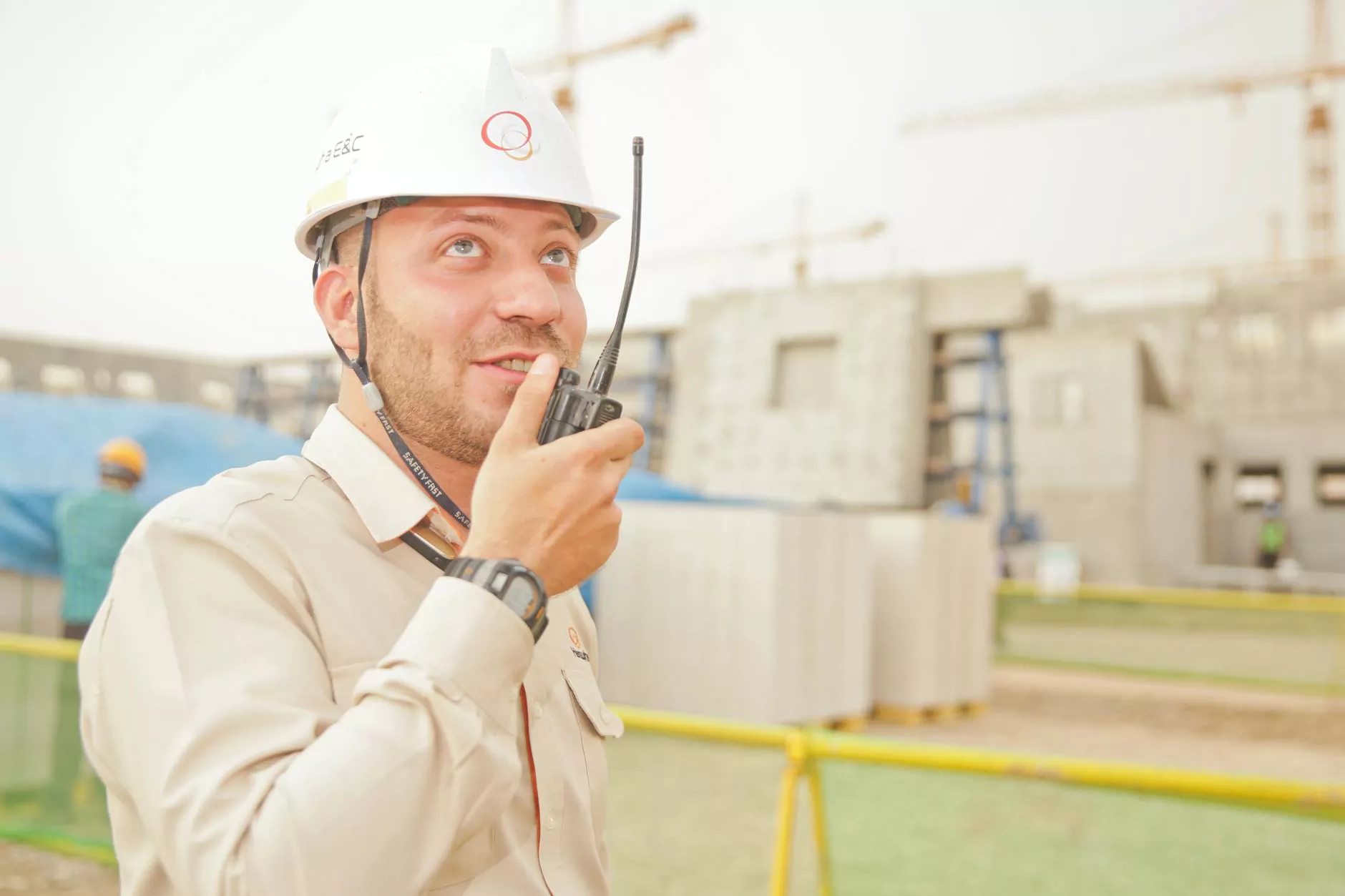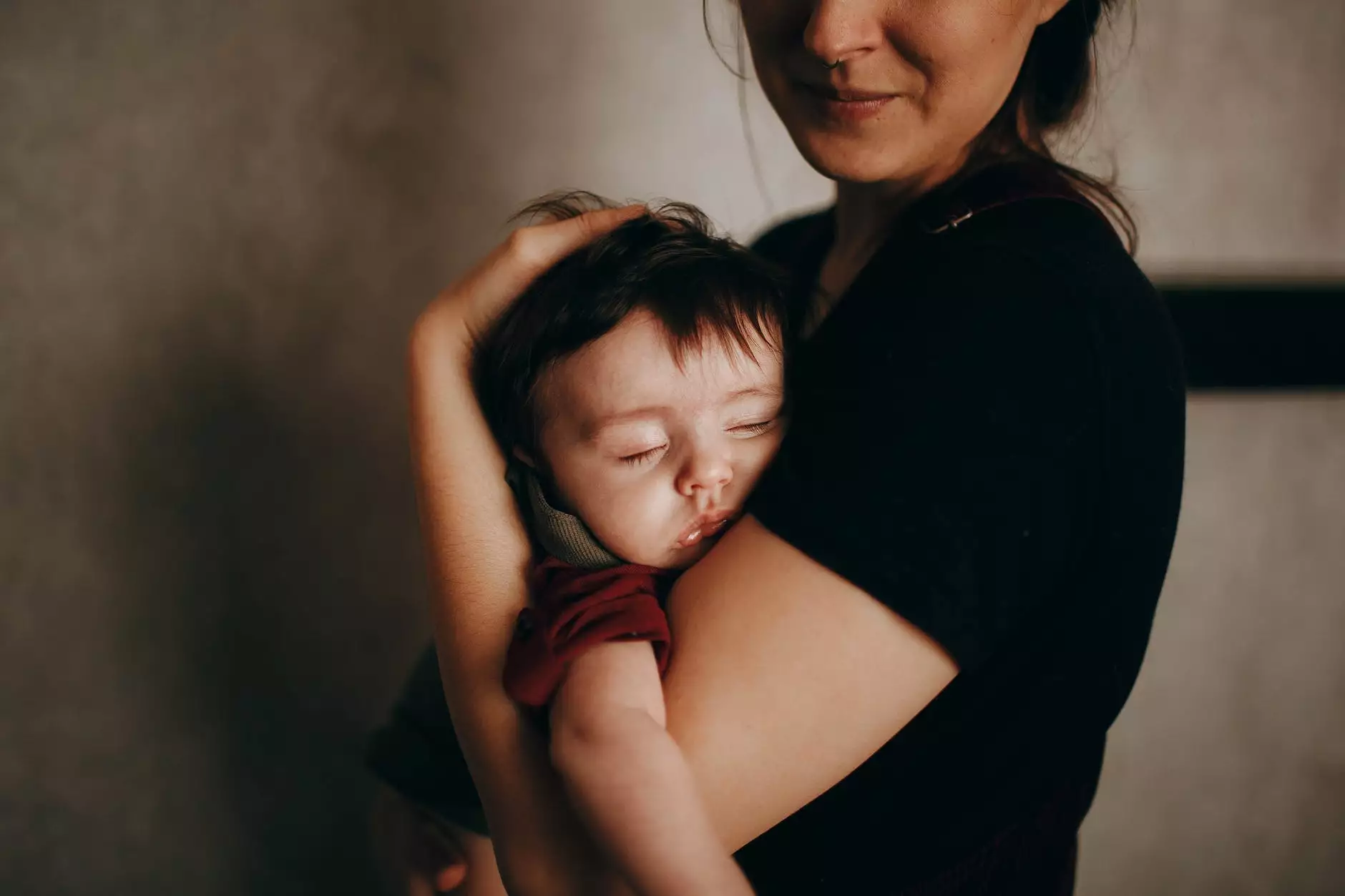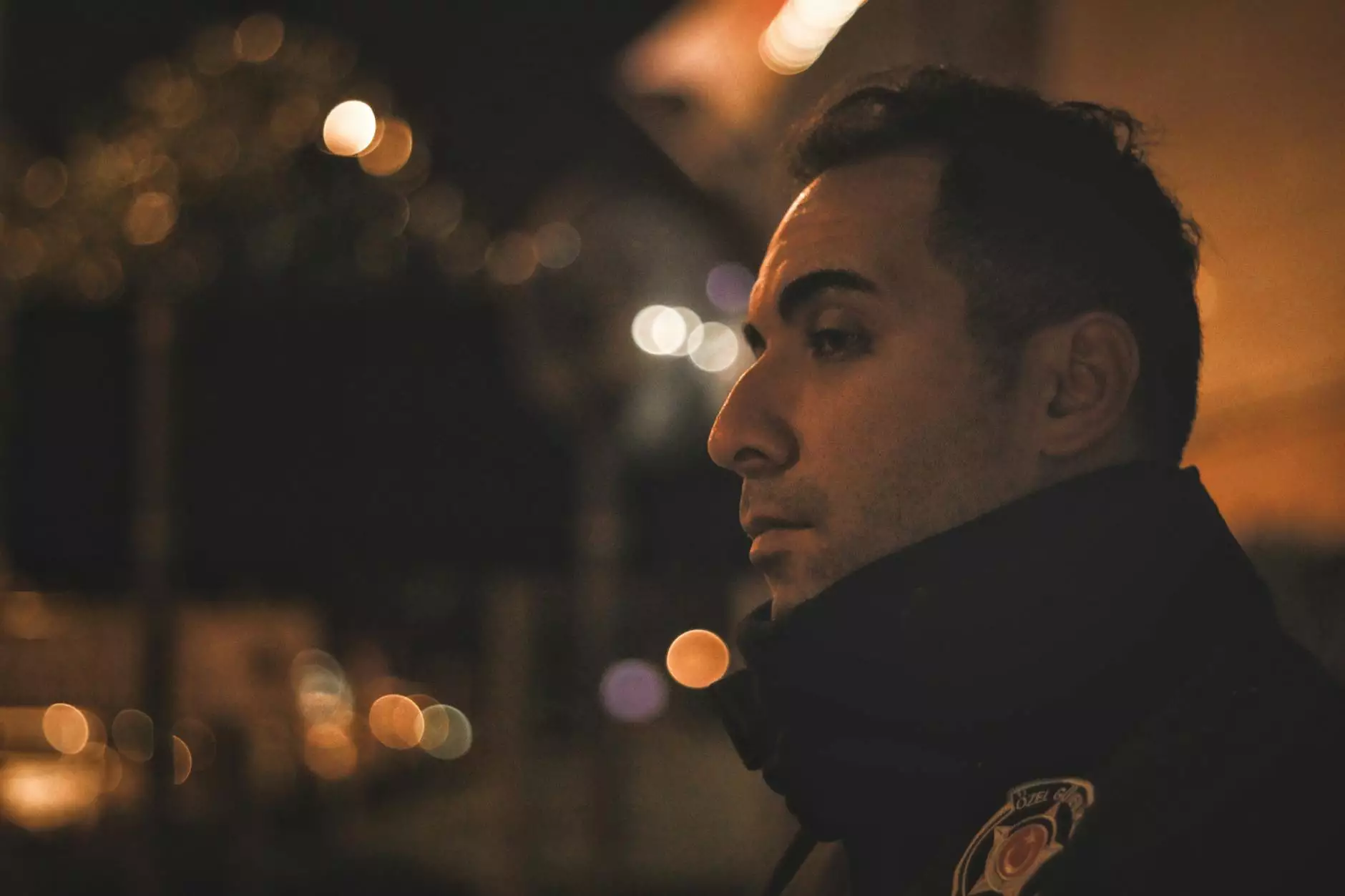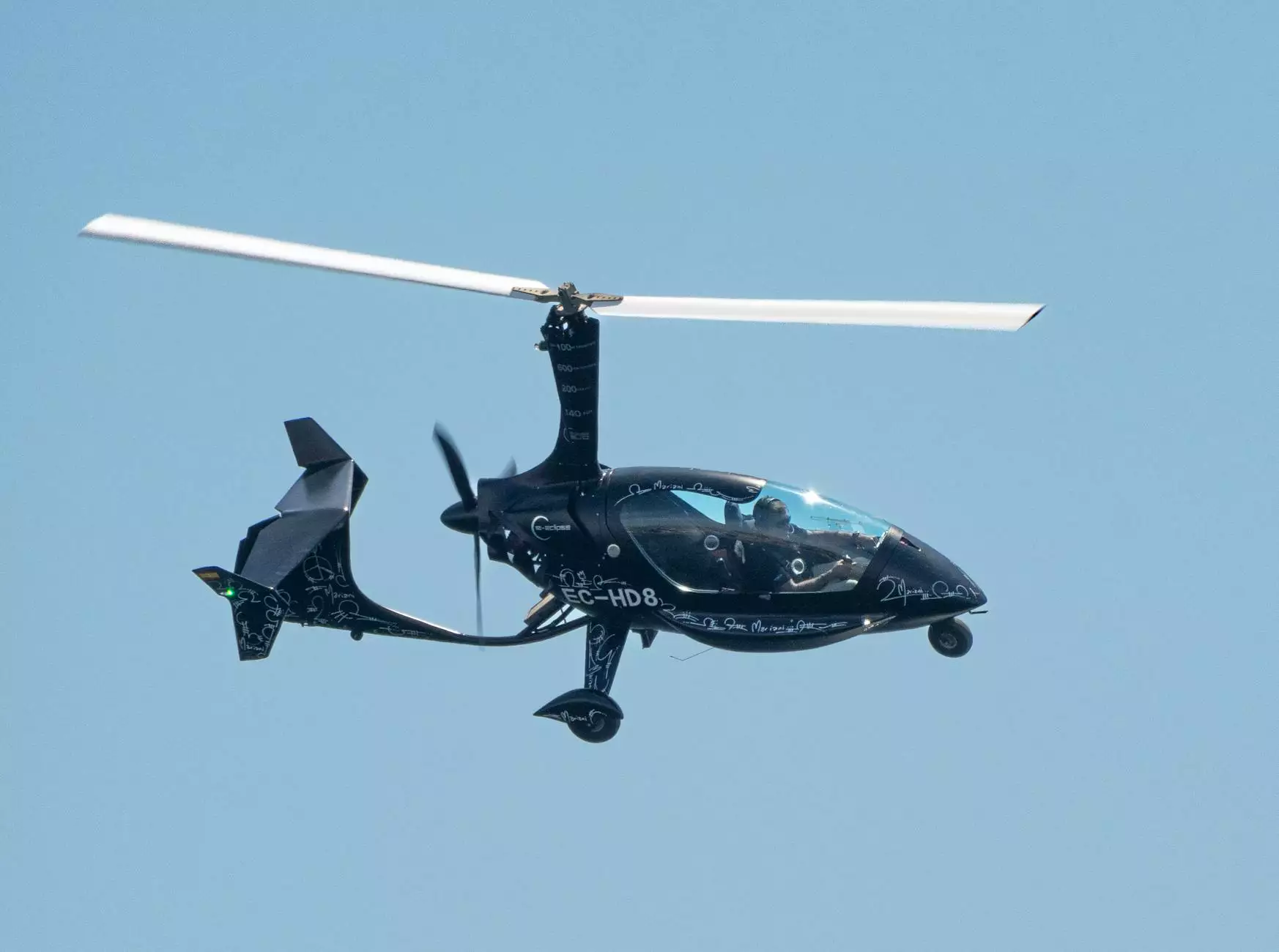Blisters on Bottom of Feet from Running: An In-Depth Guide
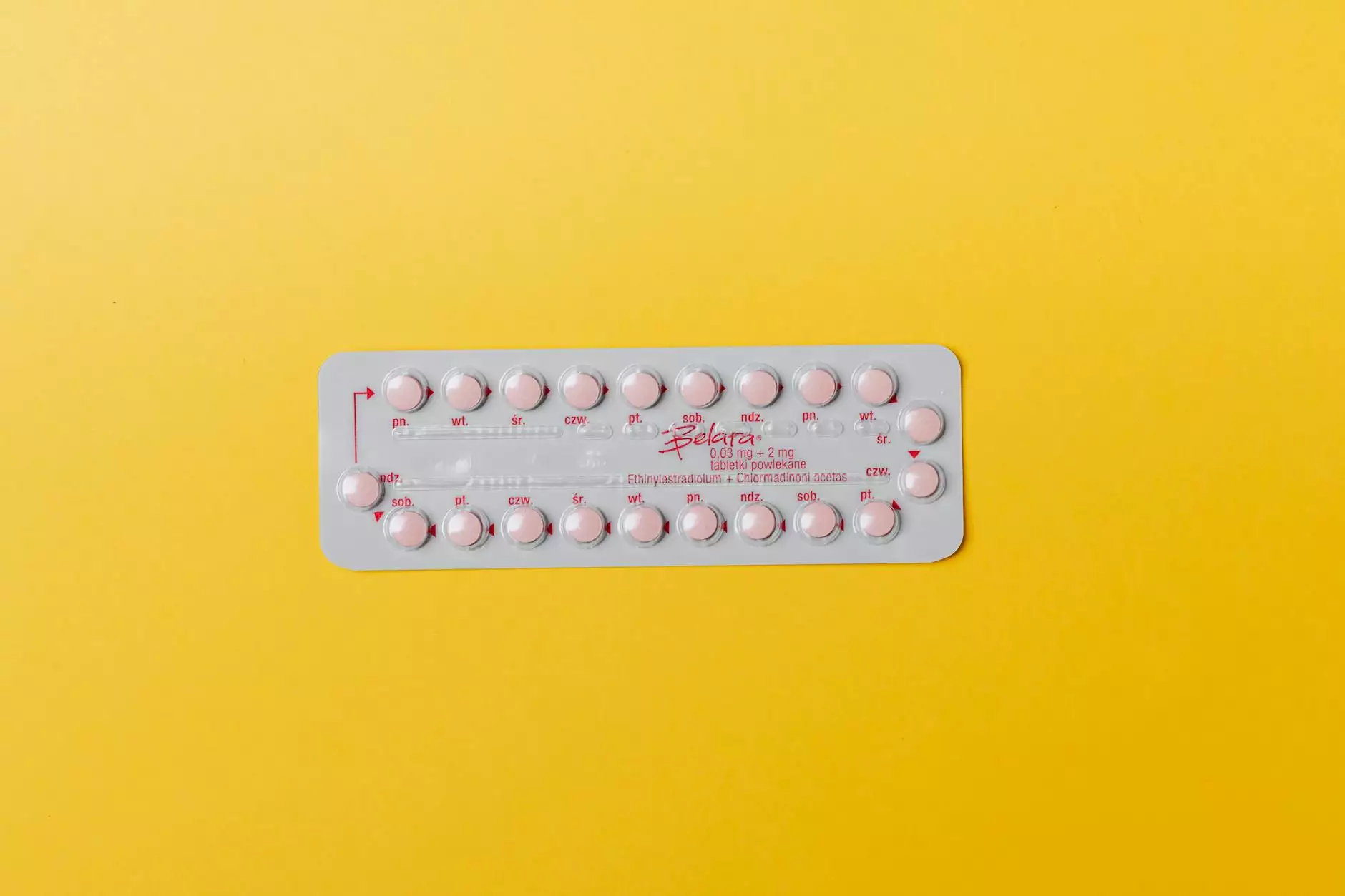
Running is an excellent way to maintain fitness, boost our mental health, and enjoy the great outdoors. However, one of the most common issues that runners face is blisters on the bottom of feet from running. This article delves into the causes, prevention strategies, and treatments for these pesky problems, ensuring that you can keep hitting the pavement comfortably.
Understanding Blisters
A blister is a small pocket of fluid that forms between the layers of skin. They can be quite painful and can significantly hinder your run. Understanding what causes blisters is essential to preventing and treating them effectively.
What Causes Blisters While Running?
Blisters form primarily due to friction, moisture, and heat. Here are the main reasons why runners often find blisters on the bottom of feet from running:
- Friction: Repeated rubbing against shoes or socks causes the skin to become irritated.
- Moisture: Sweat or rain can soften the skin, making it more susceptible to damage.
- Improper Footwear: Shoes that do not fit well can exacerbate friction.
- Long Distances: The longer you run, the more friction and wear your feet endure.
- Running Technique: Incorrect running form can lead to uneven pressure on your feet.
Prevention Techniques for Blisters
Preventing blisters is possible with some proactive measures. Here are effective strategies that can help you avoid these painful inconveniences:
1. Choose the Right Footwear
Selecting proper running shoes is pivotal. Ensure your shoes fit well and provide adequate support:
- Try shoes on at the end of the day when your feet are slightly swollen.
- Ensure there’s a thumb's width of space between your longest toe and the shoe front.
- Get professionally fitted if possible.
2. Invest in Quality Socks
Wearing the right socks can significantly reduce friction. Opt for:
- Moisture-wicking materials: These help keep feet dry.
- Seamless socks: Reduce irritation against the skin.
- Thicker cushioning: Provides extra protection against impact.
3. Break in New Shoes Gradually
When you invest in new footwear, it's crucial to wear them progressively to help your feet adjust to them:
- Start with short distances.
- Gradually increase the mileage over a couple of weeks.
- Alternate between old and new shoes during this period.
4. Use Lubrication
Applying a lubricant such as petroleum jelly or specialized blister prevention products can minimize friction. Focus on areas that are prone to blisters, such as:
- The balls of your feet
- The backs of your heels
- Between your toes
5. Keep Your Feet Dry
Moisture is a blister's best friend. To keep feet dry and blister-free:
- Change socks if they become damp.
- Consider using foot powder before your runs.
- Choose breathable shoes to allow for better airflow.
Recognizing the Symptoms of Blisters
If you experience any discomfort while running, it’s essential to listen to your body. Here are some signs indicating the formation of blisters:
- Redness and irritation: Skin begins to show redness in high-friction areas.
- Sensitive spots: You may feel an unusual tenderness when pressure is applied.
- Fluid-filled bubble: A visible blister may form, which can be clear, yellow, or blood-filled.
Treating Blisters Effectively
If blisters do form, treating them correctly is vital to avoid infection and further complications. Consider the following approaches:
1. Don’t Pop the Blister
While it may be tempting, it’s generally best to leave blisters intact as they protect the underlying skin. However, if it’s particularly large or painful:
- Clean the area with soap and water.
- Use a sterilized needle to gently drain the fluid without removing the skin.
- Apply an antibiotic ointment and cover with a sterile bandage.
2. Protect the Blister
Use blister pads or protective bandages to shield the area from further damage while it heals. This reduces pain and provides comfort during subsequent runs.
3. Keep It Clean
Maintaining hygiene is crucial to avoid infection. Always clean the area before applying any dressings or ointments.
4. Allow Time to Heal
Rest your feet and avoid running until the blister has healed completely. Running on a blistered foot can worsen the condition and lead to more significant issues.
Consult a Podiatrist
Sometimes, persistent blisters can indicate underlying foot problems or the need for specialized footwear. Consult a podiatrist, especially if you experience:
- Frequent blisters.
- Increased pain or signs of infection.
- Persistent foot discomfort.
The Foot Practice is an excellent resource for expert advice on managing foot health.
Conclusion
Blisters on the bottom of feet from running can be a significant hurdle for avid runners. However, by understanding their causes, implementing effective prevention strategies, and knowing how to treat them, you’ll be well on your way to enjoying your runs pain-free. Remember always to listen to your body, invest in the right footwear, and consult with professionals when necessary. With these tips, you can keep running comfortably and enjoy every step of your journey!
blisters on bottom of feet from running